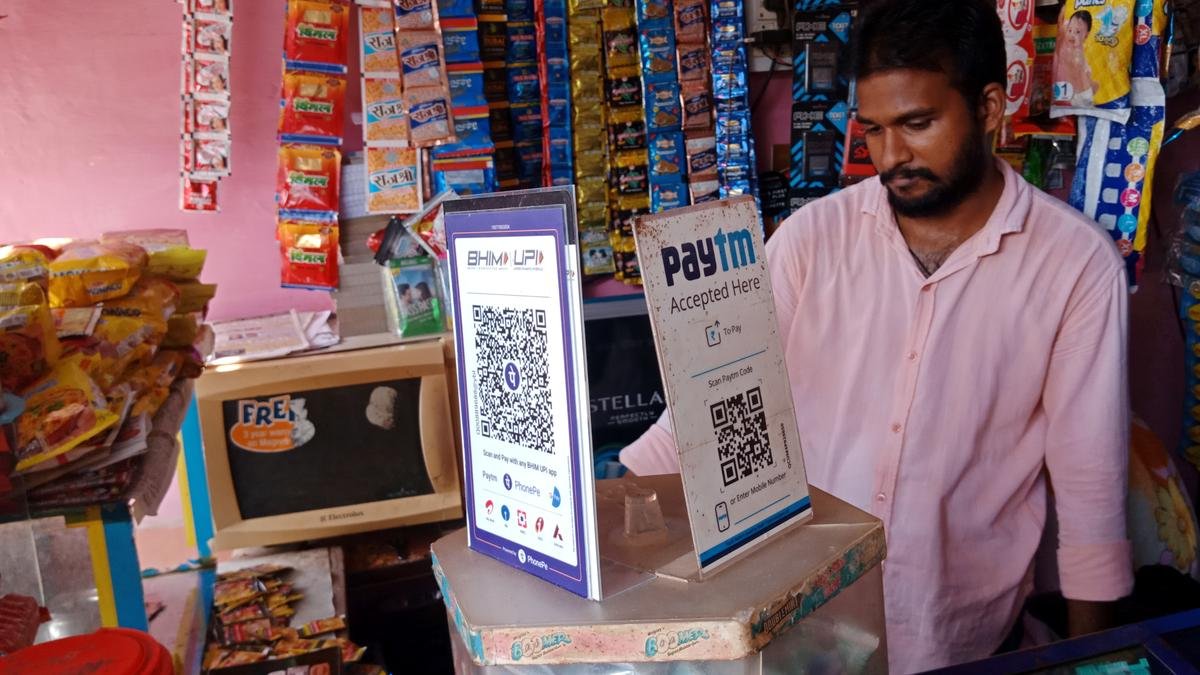Unified Payments Interface (UPI), the backbone of India’s digital transaction ecosystem, experienced a major disruption recently, leaving millions of users frustrated as their transactions failed to go through. The issue, which has been described as an “intermittent technical glitch,” is currently being addressed by the National Payments Corporation of India (NPCI).
Second Outage in April Raises Concerns
This marks the second UPI-related outage in the month of April, apart from the regular technical hiccups that typically occur during the financial year-end due to bank-side overloads. The recurrence of such large-scale disruptions is raising questions about the stability and preparedness of India’s digital payment infrastructure as more people rely on UPI for everyday transactions.
Widespread Complaints from Users
Reports began flooding social media platforms on Friday morning, with users from various parts of the country complaining about failed transactions, delayed confirmations, and an inability to process payments. Many customers shared screenshots of failed UPI payments, especially on platforms like Google Pay, PhonePe, Paytm, and BHIM.
Several users reported that although the amount was debited from their accounts, the intended recipients did not receive the money. Others said their transactions were not even initiated due to backend server errors.
NPCI’s Official Response
Responding to the growing complaints, the NPCI acknowledged the issue and assured users that they are working swiftly to identify and resolve the cause of the disruption. In an official statement, NPCI said:
“We are aware of intermittent technical issues impacting UPI transactions. Our teams are actively working with member banks and service providers to ensure the problem is resolved at the earliest. We regret the inconvenience caused and appreciate your patience.”
Despite their assurance, users continued to face issues for several hours, triggering frustration among small merchants, e-commerce operators, and everyday users who depend on UPI for their transactions.
Major Apps Affected
Leading UPI-enabled apps such as Google Pay, PhonePe, Paytm, and BHIM were among the most affected. While some platforms managed to process transactions after repeated attempts, the failure rate remained unusually high throughout the day.
PhonePe tweeted:
“Some users may experience delayed or failed transactions due to intermittent technical issues across the UPI ecosystem. We’re monitoring the situation and request users to retry after some time.”
Impact on Businesses and Daily Life
The sudden disruption had a cascading effect, particularly on small businesses, shopkeepers, and vendors who rely entirely on UPI-based payments for their daily sales. Several merchants reported loss of business during peak hours as they had to turn away customers who did not carry cash.
Even delivery services and cab operators reported disruptions. A Swiggy delivery executive in Delhi mentioned that many customers were unable to pay at the time of delivery due to UPI failures. Some were forced to cancel their orders or look for alternate payment methods.
Routine Bank-Level Issues Add to the Problem
While UPI as a platform is managed by NPCI, the system functions in collaboration with banks that act as payment service providers (PSPs). Often, outages are also caused by specific banks’ internal server issues. This is especially common during high-traffic periods like the end of the financial year or festive sales.
However, Friday’s disruption appeared to be larger in scope, affecting multiple apps and banks simultaneously. This points towards a possible issue at the central infrastructure level, managed by NPCI.
UPI’s Unprecedented Growth and Dependence
The outage comes at a time when UPI continues to set new records in terms of transaction volumes. In March 2025 alone, UPI processed over 13 billion transactions, amounting to more than ₹20 lakh crore in value. The platform has become the default method of payment for everything from grocery shopping and taxi fares to online purchases and government transfers.
With such widespread adoption, even brief outages have an outsized impact. The government and NPCI have been encouraging citizens to adopt digital payments, but repeated disruptions could hurt consumer confidence.

